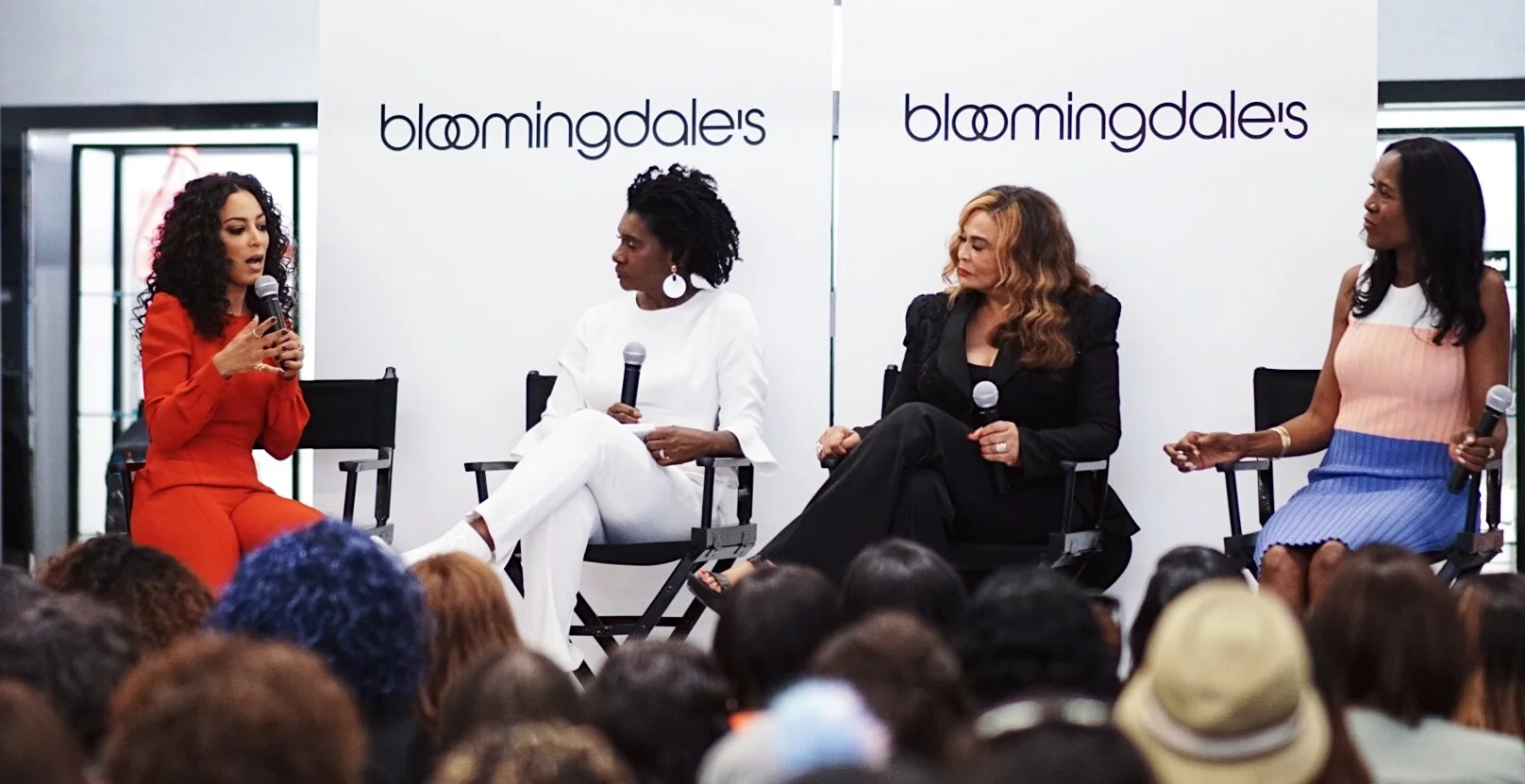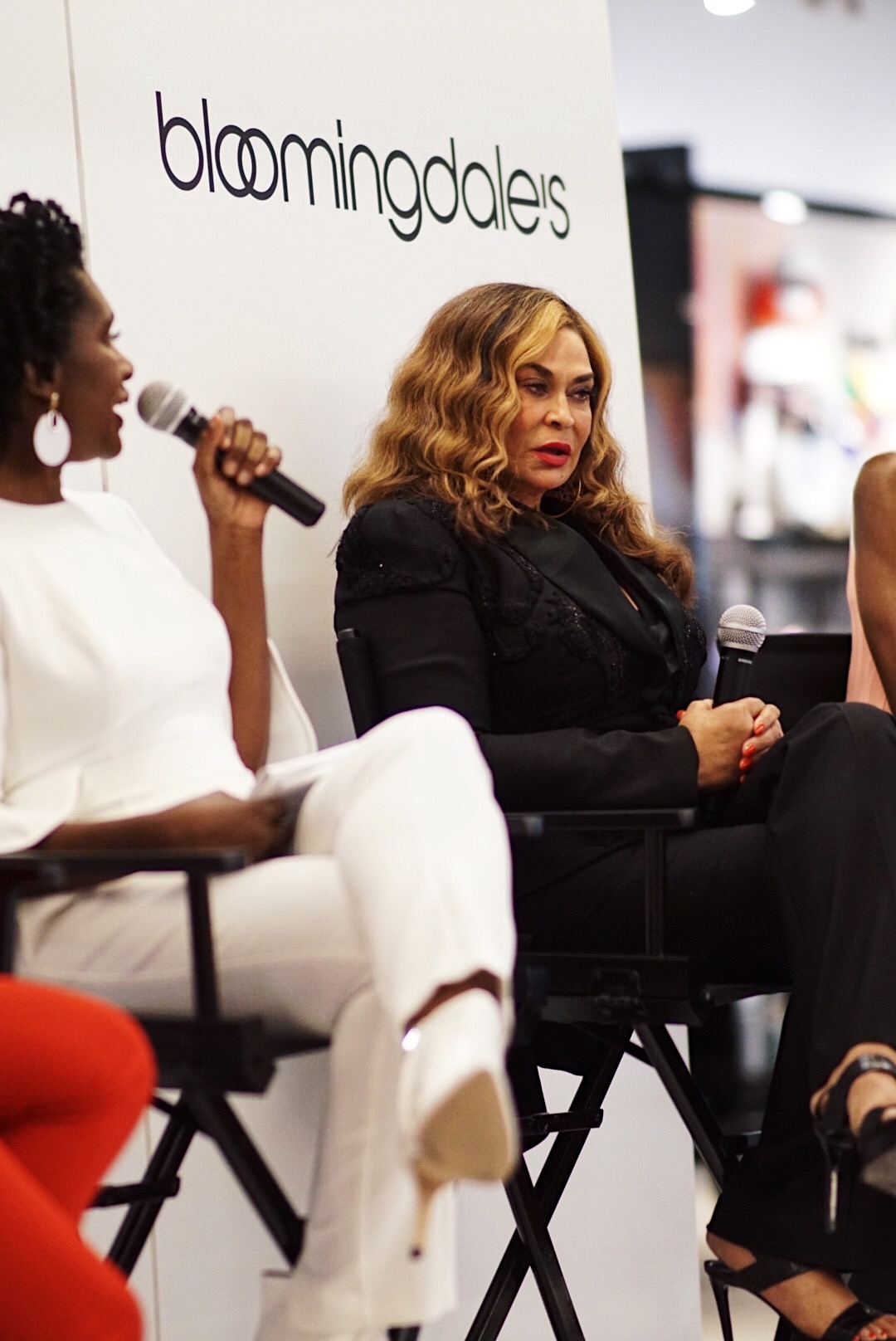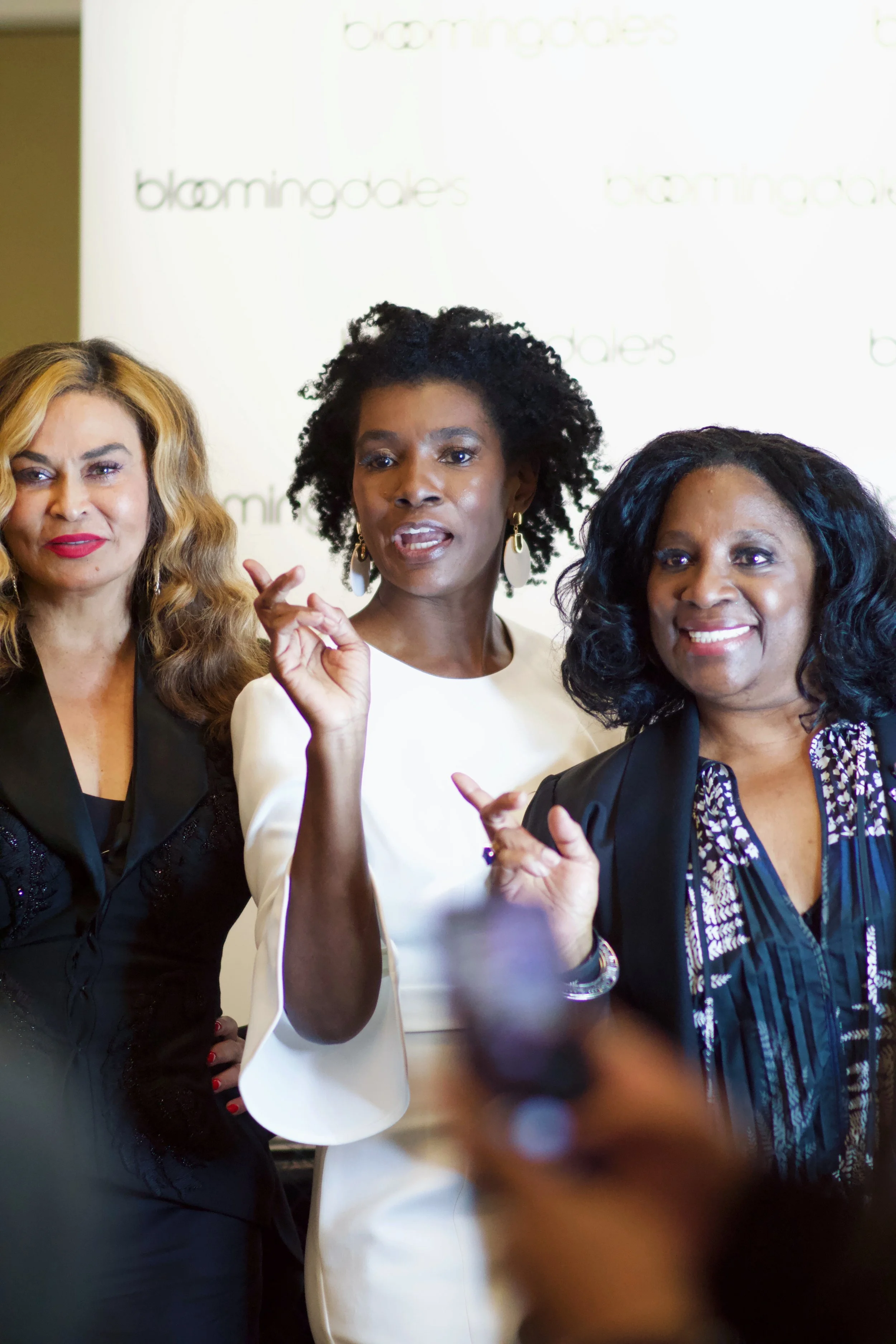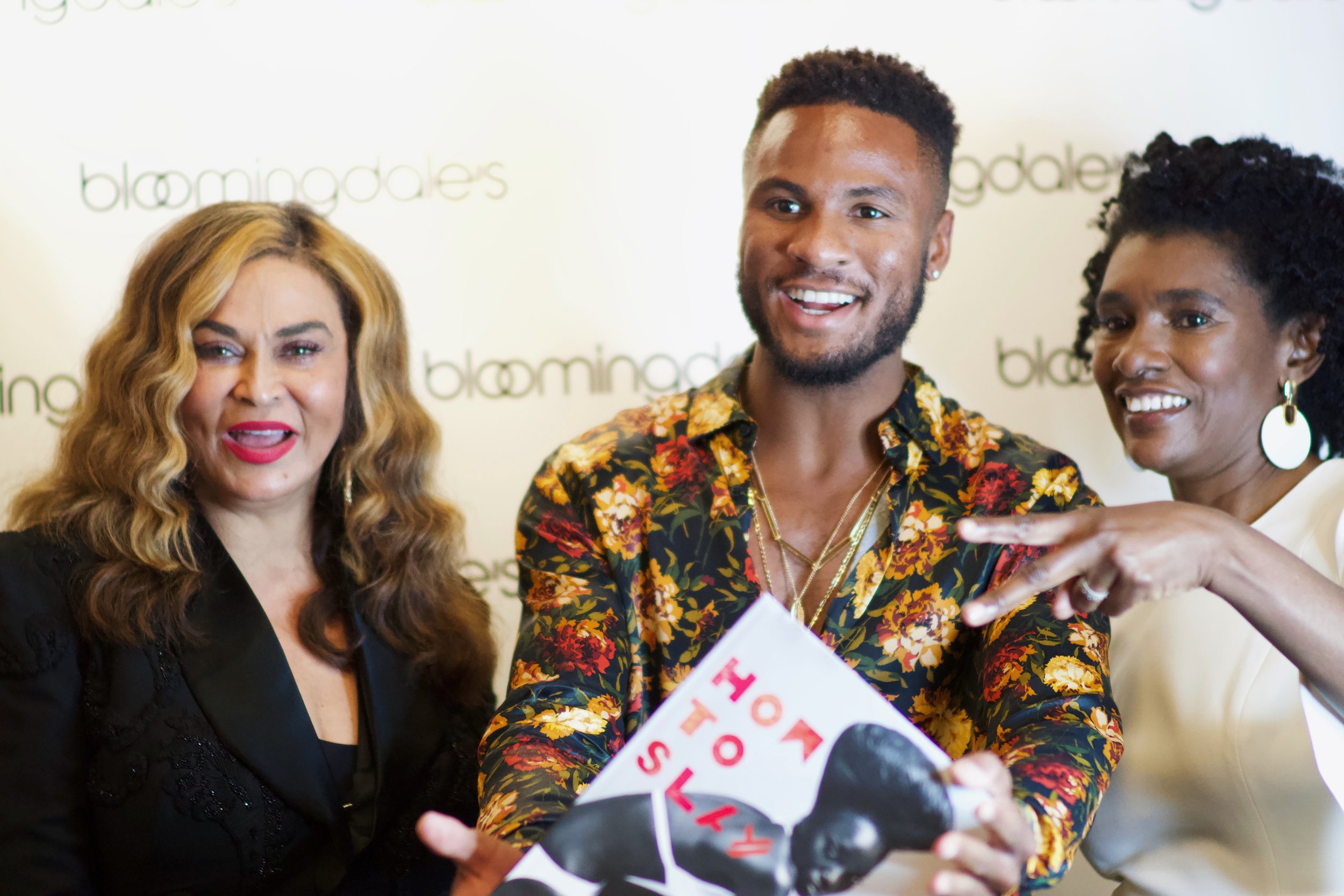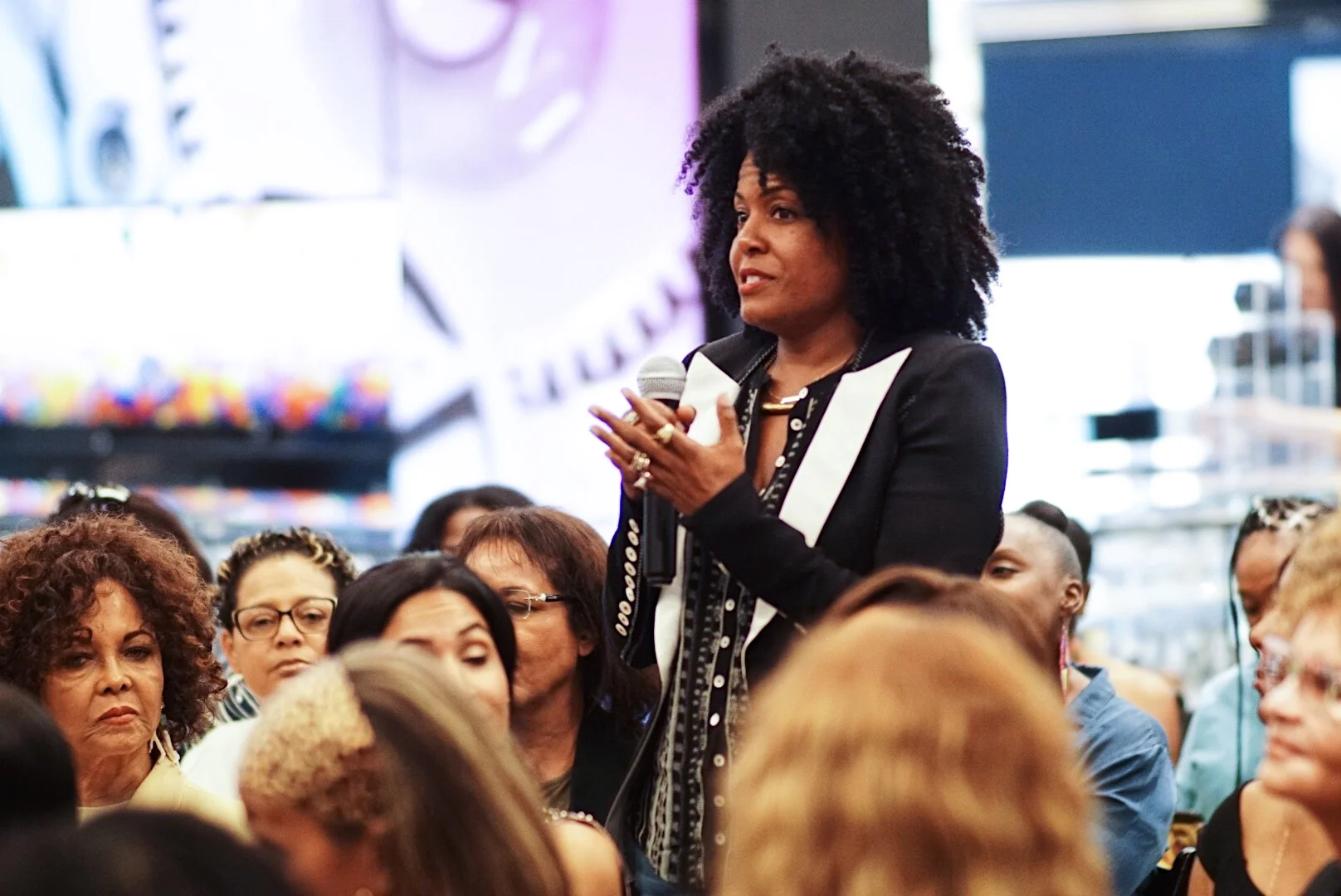"How to Slay." | A Journey into Black Fashion w/ Constance White, Tina Knowles, Angela Rye, and Eula Smith.
On Saturday, June 23rd, the Beverly Center Bloomingdales hosted a interactive panel for the release of award-winning writer and fashion editor, Constance White's book, “How To Slay: Inspiration from the Queens and Kings of Black Style,” featuring fashion designer and philanthropist, Tina Knowles, attorney and political commentator, Angela Rye, and owner of EMS Consulting, Eula Smith.
In White’s own words “How To Slay: Inspiration from the Queens and Kings of Black Style” is “an inspirational journey through black fashion in America from the twentieth century to the present, featuring the most celebrated icons of Black style and taste.”
All that were in attendance were there to celebrate black fashion and eager to learn what can be done to promote the growth of the black fashion community.
“How to Slay” reminds you that black fashion has always been UNAPOLOGETIC.
Patrick Kelly, Kevin Hall, André Leon Talley, Josephine Baker and Grace Jones are only a few names that have been breaking down barricades in the fashion word in the last century. While it is common knowledge that black designers have always been around, these fashion figures have also been pushed to the side time and time again by their European counterparts.
In Angela Rye’s words, “We have always been where we need to be. Society needs to catch up.”
Tina Knowles pointed out that it’s important for black girls to see beautiful images of black representation as they grow up. These images will shape who they become in the future. Thankfully in the last decade, Millennials have taken over and changed the game by bringing personal style, natural hair, current events and a sense of independence to the forefront of the mainstream media. Celebrities such as Solange, Janelle Monae, Yara Shahidi, Issa Rae, and Tracee Ellis Ross are showing that black fashion comes in all shapes, sizes, and colors. Many independent companies, such as Little Miss Flint, have created t-shirt brands to bring awareness to issues in communities that the media has turned a blind eye to. Even big festivals, such as Afro-Punk, have taken notice of the growing movement and created a safe space for artistic expression for the black fashion community to flourish.
While we all can agree that different isn’t always great, there is something for everyone. Eula Smith, who was a Nordstrom lead buyer, emphasizes how black designers and stylist are needed to bridge the gap in the fashion community.
Knowles spoke briefly about a time where she had to take from her Motown and glam inspiration to make Destiny’s Child’s wardrobe because designers just wouldn’t dress the iconic threesome.
“Designers didn’t want to dress them because they didn’t like them.”
Hearing this isn’t a surprise to those working in the fashion industry. Curves, brown skin and full figured bodies are not seen as the ideal models but it hasn’t stopped designers and influencers from coming to the culture time and time again for inspiration and references.
The snobbery in the fashion industry has to simmer down and become more inclusive instead of exclusive. Public figures and celebrities need to give black designers and stylists a chance to shine. It only takes one red carpet look to catapult a person into stardom or plummet them into the ground. In the same breath we must all be aware of current events as we stay fashionable. We have to be the change we want to see if we want to feed innovation.
Looking back in the last 100 years, black icons have proven their worth in the fashion industry. They have changed the game and created what has been trendy across all genres. Constance White's new book shines light on those moments in history.

